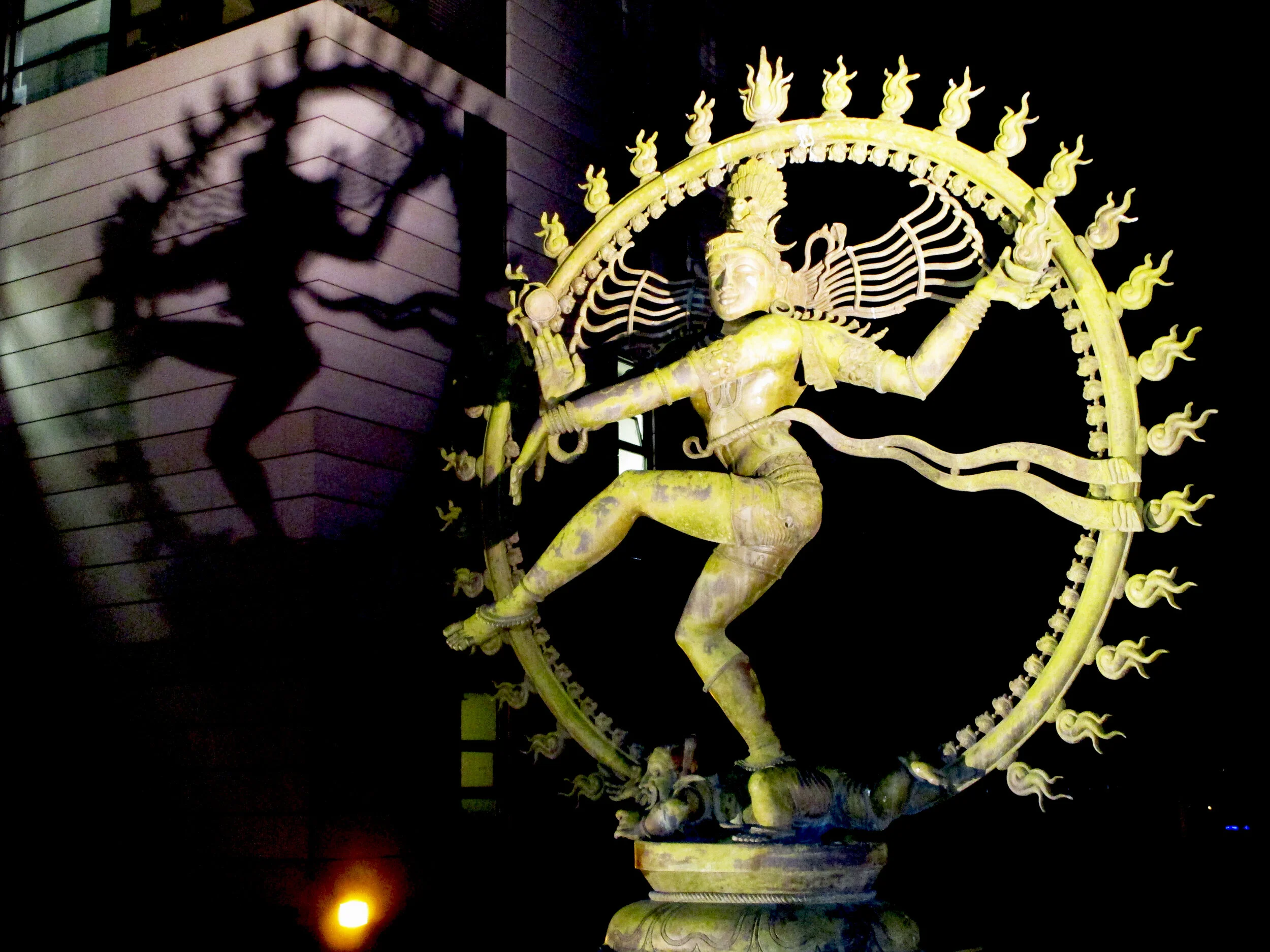Site Visit: CERN (European Organization for Nuclear Research)
Meyrin, Switzerland
May 7-14, 2016
Visit Description
With a W.C. Archie Endowed Fund for Faculty Excellence award from Wake Forest University and sponsorship by astroparticle physicist Juan José Gomez Cadenas, I conducted research on high-energy particle physics for my writing projects at the European Organization for Nuclear Research, known as CERN, in Switzerland in 2016. I returned to CERN in 2019, where I was sponsored as a research artist through the Arts at CERN division and funded by the ATLAS Experiment’s U.S. Outreach office, headed by Mark C. Kruse, professor of physics at Duke University who leads the Duke team in the ATLAS Experiment at the Large Hadron Collider.
During my first visit in 2016, and through the facilitation of Dr. Gómez Cadenas, a CERN affiliate, I had the opportunity to meet with CERN’s director-general, physicist Fabiola Gianotti, and talk about my interest in the intersections of poetry and science. Her office arranged for me to have a tour of the Antiproton Decelerator, known as the “Antimatter Factory,” with physicist Michael Doser, who spent an afternoon with me at the facility. I also learned that Michael is active in projects exploring art and science in union. I later read an essay he wrote on the philosophy of photography and image formation, which inspired my poem, “Ace in the Hole,” published in the literary journal, P-QUEUE.
I had two meetings with CERN theoretical physicist Gian Guidice, where we discussed quantum tunneling, beyond Standard Model phenomenology, and the possible discovery of a new particle that scientists had tentatively named “digamma.” Data later demonstrated that the anomaly was not a new particle, but it was exciting to be there when the possibility existed. In a meeting with theoretical physicist Luis Álvarez-Guamé, I learned about the history of higher dimensions and his primary questions as a theorist. We also discussed the relationship between literature, art, and science, especially physics in relation to surrealism in art and poetry. I had been drawing tesseracts as a creative exercise for one of my poems, and Dr. Álvarez-Guamé taught me a new way to draw them. He also urged me to go to the Bodmer Library and Foundation, a book museum in Geneva. There, I saw an exhibit on Mary Shelley’s Frankenstein as well as original manuscripts by scientists and writers such as Galileo Galilei, Johannes Kepler, John Keats, Jorge Luis Borges, and others. On my way to the book museum, I visited Borges’ grave, who had lived in Geneva as a child and died there.
Another afternoon was spent with Joao Pequenão of CERN’s MediaLab, where I learned about his innovative multimedia, storytelling projects on high-energy particle physics that are used for education, outreach, and more with institutions and governments across the world. We played a holographic kickball game with the kickball represented by the Higgs boson, discovered by CERN’s ATLAS and CMS detectors at the Large Hadron Collider in 2012.
I visited the CERN Archives and met with Archivist Anita Collier, who showed me a copy of the Copenhagen Faustparodie play developed and illustrated by physicist George Gamow. The play was performed by students of physicist Niels Bohr in 1932. I had been fascinated by it since reading Gino Sigré’s Faust in Copenhagen: A Struggle for the Soul of Physics. I first read an illustrated copy of the play, translated in English, in the appendix of George Gamow’s book, Thirty Years That Shook Physics.
My site visit to CERN was directly followed by a site visit to the Canfranc Underground Laboratory in Spain. These two visits are explored in my 40-page poem-essay, “The Positron Passport,” forthcoming in CounterText: A Journal of the Post-Literary, published by Edinburgh University Press, in an issue on American Experimental Poetry, guest edited by literary scholar Ming-Qian Ma.
































